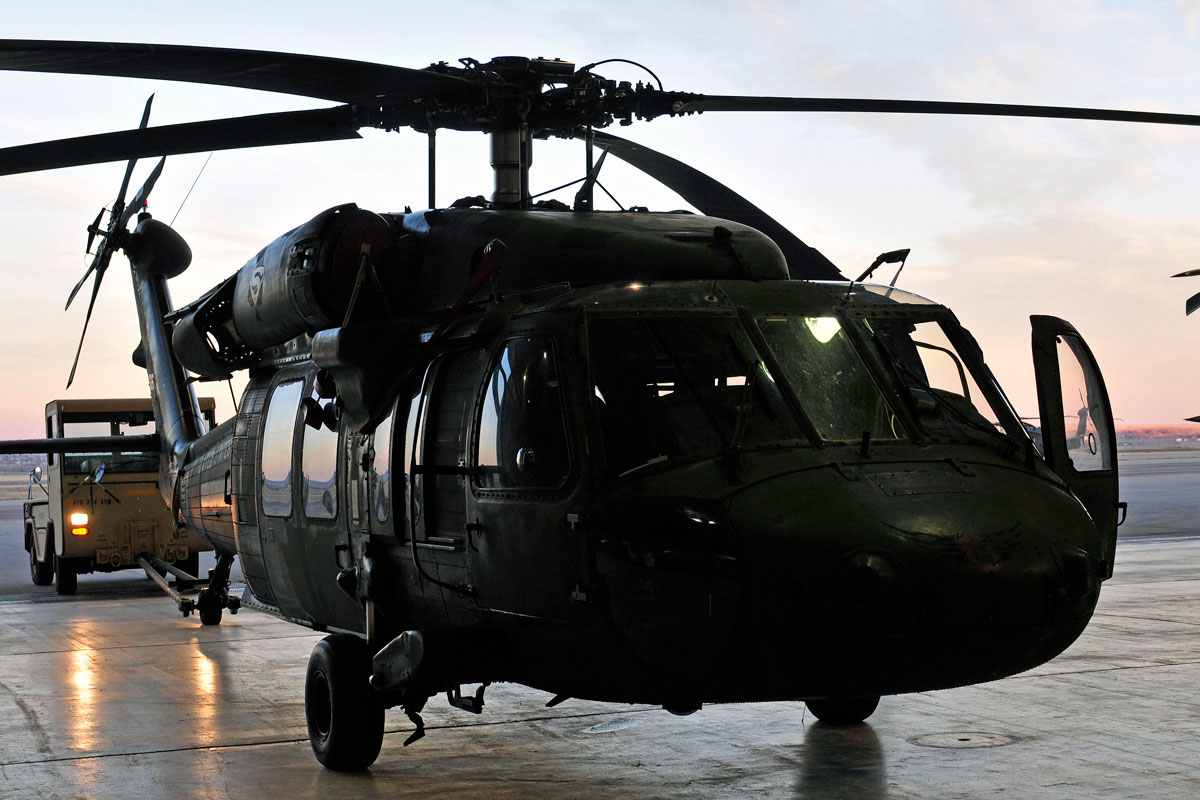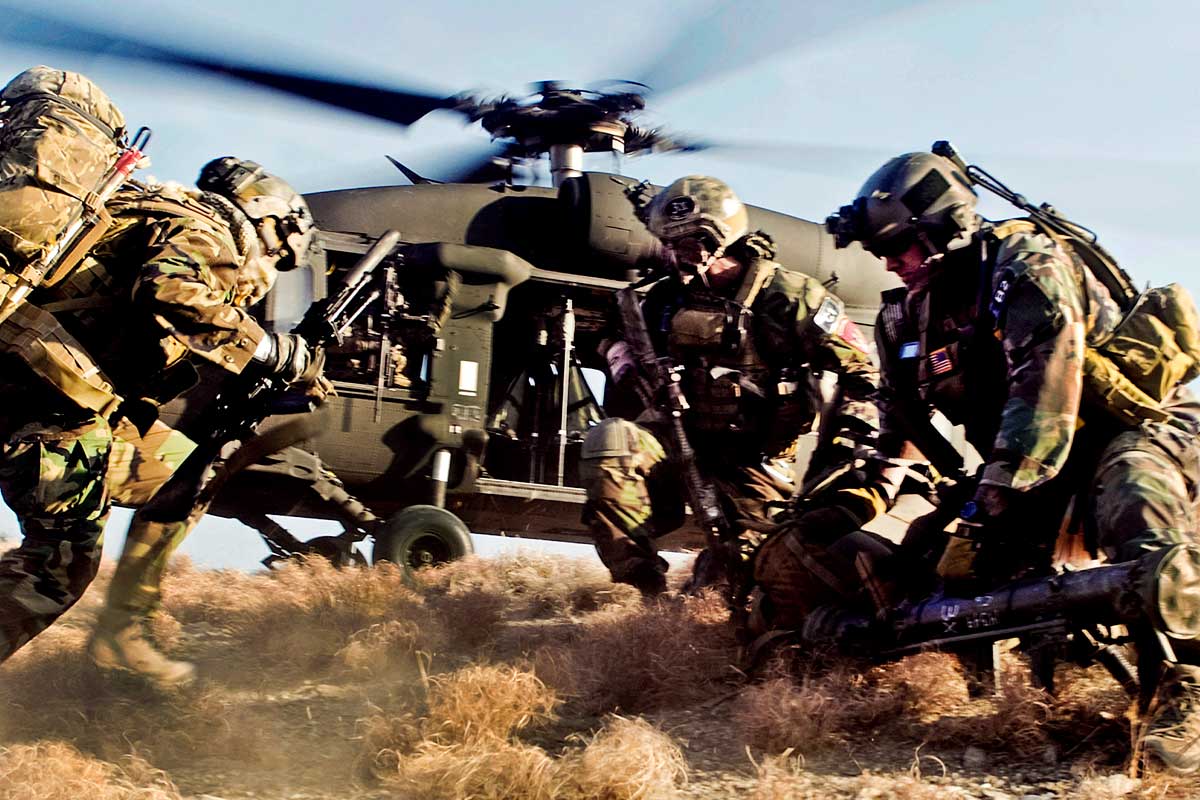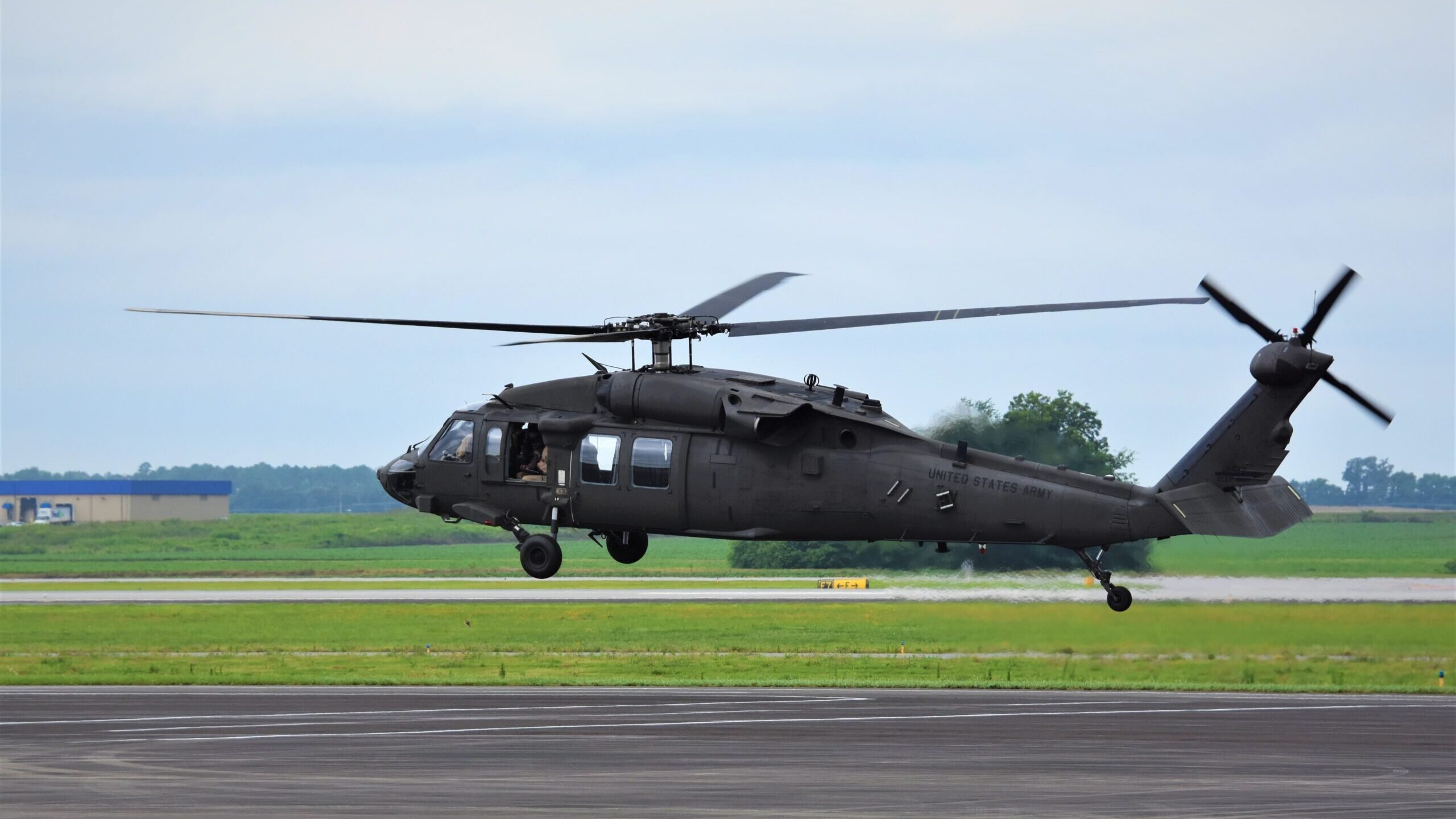UH 60 Technical Requirements and Performance Evaluation
UH 60 Technical Requirements and Performance Evaluation
Blog Article
Exploring the Innovative Technology Behind Aircraft Design and Engineering
The area of aircraft design and engineering is seeing a transformative change driven by cutting-edge modern technologies that improve performance, sustainability, and efficiency. Advanced products such as carbon fiber compounds and titanium alloys are establishing brand-new criteria, while wind resistant advancements and man-made knowledge are streamlining processes and enhancing outcomes. As the industry grapples with the challenges of ecological duty, developments in lasting air travel modern technologies assure to improve the future. The effects of these improvements extend past efficiency metrics; they may redefine the actual nature of air traveling. What might this mean for the industry as a whole?
Advanced Materials in Aircraft Layout
Exactly how can the assimilation of sophisticated products transform airplane design? The incorporation of sophisticated products, such as carbon fiber composites, titanium alloys, and progressed porcelains, plays an important duty in improving airplane efficiency and efficiency. These products offer remarkable strength-to-weight proportions, enabling makers to lower overall aircraft weight without endangering architectural integrity. This decrease in weight directly contributes to boosted fuel performance and raised payload capacity.
Additionally, innovative materials show boosted resistance to deterioration and exhaustion, resulting in lower maintenance expenses and extensive service life. The use of titanium in critical components aids hold up against severe temperatures and tensions, while carbon fiber compounds give versatility in style and manufacturing processes. This adaptability permits for more aerodynamic shapes, adding to superior performance qualities.
Furthermore, the integration of clever products, which can alter buildings in action to outside stimuli, opens new avenues for flexible systems in aircraft layout. uh 60. These technologies guarantee not only to boost safety and functional effectiveness but additionally to contribute to sustainability efforts by minimizing ecological impact via decreased exhausts. In recap, advanced products are redefining the landscape of aircraft design, leading the way for more efficient, sturdy, and eco-friendly air travel solutions
Wind Resistant Developments for Performance
Aerodynamic technologies play an essential function in enhancing airplane performance, significantly influencing gas intake and overall efficiency. Advances in airfoil layout, such as the introduction of supercritical wings, permit optimized lift-to-drag proportions, reducing drag at transonic speeds. These technologies enable aircraft to preserve greater rates with reduced gas expenditure, directly influencing functional costs and environmental sustainability.
In addition, the integration of winglets has proven efficient in alleviating vortex-induced drag at the ideas of wings, even more enhancing fuel performance - uh 60. This layout alteration results in a reduction in wake turbulence, adding to improved aerodynamic performance during cruise ship conditions

In addition, computational liquid dynamics (CFD) tools have reinvented the testing and improvement of aerodynamic forms, enabling accurate simulations of air movement around aircraft (uh 60). This enables designers to introduce constantly, guaranteeing that modern airplane not only fulfill regulatory criteria however additionally push the borders of effectiveness in aeronautics

Role of Computer Simulations
Computer simulations have actually come to be an important device in the field of aircraft style, allowing designers to perform comprehensive evaluations and optimizations of various design aspects. These this contact form simulations permit the virtual testing of wind resistant homes, structural stability, and performance metrics long before physical prototypes are constructed. By using computational liquid characteristics (CFD) and limited component analysis (FEA), designers can anticipate how air moves around the airplane and exactly how different materials will reply to stress and anxiety and pressure.
Moreover, computer system simulations promote the expedition of a wide variety of circumstances and variables, speeding up the style procedure and decreasing expenses connected with physical testing. This capability not only boosts the precision of forecasts relating to aircraft behavior however likewise offers understandings right into potential design renovations that could not be quickly noticeable through traditional methods.

Additionally, simulations help make certain conformity with rigid safety and security regulations by permitting engineers to determine and fix potential problems early in the style phase. The assimilation of simulation innovations right into the aircraft design process emphasizes the significant innovations in design methods, inevitably adding to the advancement of safer, more reliable, and ecologically friendly airplane.
Expert System in Engineering
Expert system (AI) is revolutionizing the design landscape, particularly in aircraft style, by boosting decision-making procedures and maximizing layout operations. Through artificial intelligence formulas, AI can analyze huge datasets, discovering patterns and insights that inform layout choices and boost overall efficiency.
AI applications in airplane style include generative layout, where formulas produce multiple layout choices based upon specified specifications, permitting designers to review a more comprehensive series of possibilities. This not only accelerates the style phase yet likewise makes sure that the end products satisfy stringent efficiency and safety criteria.
Furthermore, AI-driven anticipating analytics help with upkeep scheduling by examining historical data and anticipating possible failures. This aggressive technique minimizes downtime and boosts aircraft dependability.
Additionally, AI aids in simulation and modeling, enabling engineers to Full Article examine layouts under different problems without the requirement for physical models. This capability reduces advancement timelines and minimizes expenses related to traditional testing approaches.
Lasting Aeronautics Technologies
Exactly how can the aeronautics sector efficiently balance development and ecological responsibility? The response exists in the adoption of sustainable aeronautics technologies that prioritize efficiency and minimize carbon emissions. Advancements such as lasting aviation fuels (SAFs), which are obtained from renewable energies, have actually arised as a critical element in achieving reduced lifecycle discharges. SAFs can dramatically reduce the carbon impact of trips, making them a viable alternative to traditional jet fuels.
In addition, improvements in aircraft design, such as the advancement of lighter materials and more aerodynamically reliable forms, add to enhanced gas performance. Electric and hybrid propulsion systems are likewise getting traction, offering a path to minimize dependence on fossil gas and decrease greenhouse gas exhausts.
The combination of these innovations is supported by regulatory frameworks and industry cooperations targeted at establishing enthusiastic sustainability targets. Digital devices like data analytics and synthetic knowledge can maximize trip operations, additionally enhancing fuel effectiveness. By welcoming sustainable techniques and innovations, the aviation market can not just meet the expanding demand for air traveling but likewise play a critical function in resolving climate adjustment, guaranteeing an extra sustainable future for air transport.
Conclusion
The merging of innovative materials, aerodynamic innovations, and advanced modern technologies notes a considerable advancement in airplane layout and design. The combination of carbon fiber composites, titanium alloys, and AI-driven procedures not only boosts efficiency and efficiency yet additionally improves workflows and predictive upkeep.

Computer system simulations have actually ended up being a vital device in the field of aircraft layout, enabling engineers to conduct thorough analyses and optimizations of numerous design elements.The merging of innovative materials, aerodynamic innovations, and cutting-edge innovations notes learn the facts here now a significant evolution in airplane design and design.
Report this page